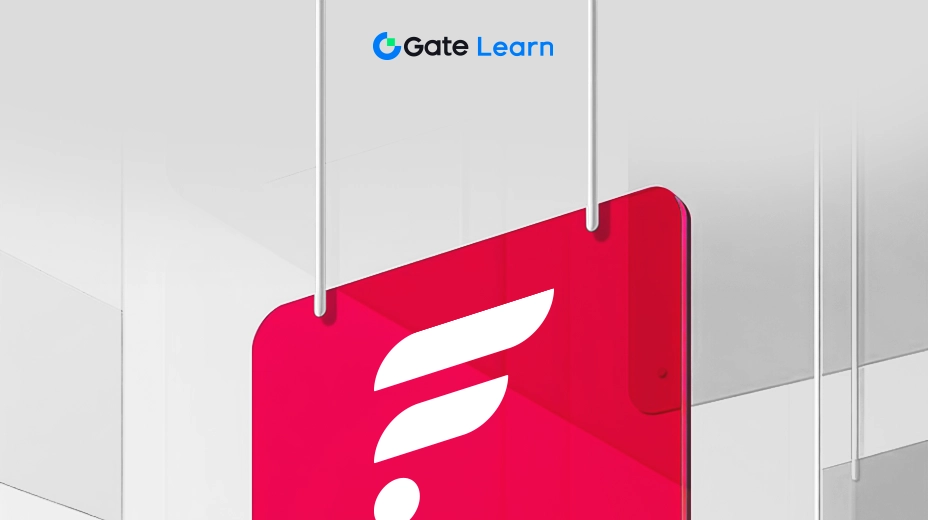Infraestructura técnica y normas
En esta lección, aprenderemos sobre la arquitectura técnica del protocolo Solv, en particular la Red de Validación de Liquidez (Liquidity Validation Network) que mejora la seguridad y eficiencia de las operaciones de liquidez. También presentaremos las medidas de seguridad clave implementadas, incluyendo Solv Guard y el proceso de auditoría que garantiza la integridad de los contratos inteligentes de la plataforma, al mismo tiempo que explicaremos el estándar ERC-3525 y su impacto en la tokenización de activos en DeFi.
Arquitectura técnica de Solv

La Red de Validación de Liquidez (LVN, Liquidity Validation Network) es el componente central de la arquitectura tecnológica del protocolo Solv, diseñado para mejorar la seguridad y la eficiencia de las operaciones de liquidez en el ecosistema. Esta red desempeña un papel clave en la validación de la liquidez de los activos digitales, especialmente en la estabilidad de las fichas de garantía de liquidez como SolvBTC.
Solv Guard:Como módulo de seguridad fundamental dentro de LVN, Solv Guard garantiza la integridad y seguridad de las operaciones dentro de la red. Emplea protocolos de seguridad avanzados y ha sido rigurosamente auditado por las principales empresas de seguridad para proteger todas las transacciones y verificaciones dentro de la red.

Sistema de validación de tokensPróximamente lanzado, este sistema es responsable de recibir y supervisar los tokens de liquidez bloqueados. Utiliza el mecanismo de Prueba de Participación (PoS) donde los validadores (incluyendo a los poseedores de LST, poseedores de tokens SOLV y las instituciones de seguridad aprobadas) participan en la validación de la seguridad y legalidad de estos tokens.
Sistema de Verificación de GananciasEl próximo sistema supervisará la validación de las fuentes de ingresos para garantizar que cumplan con estrictas normas de seguridad. Al igual que el sistema de validación de tokens, permite a los poseedores de tokens SOLV participar en un proceso de votación de PoS para confirmar la seguridad de las fuentes de ingresos.
UTXO 3525Planea lanzarse en el futuro. Este componente tiene como objetivo optimizar el modelo de transacciones de la red, mejorando significativamente la escalabilidad y la seguridad. Su integración mejorará la robustez de LVN, haciéndolo más flexible y eficiente.
La red de verificación de liquidez es una innovación clave del protocolo Solv, ya que garantiza que las fuentes de liquidez no solo sean abundantes, sino también seguras y confiables. Facilita la interacción entre cadenas y sin fisuras con varios protocolos DeFi, consolidando la posición del protocolo Solv a la vanguardia de la integración de Bitcoin con el ecosistema DeFi.
Seguridad y contratos inteligentes

El protocolo Solv da gran importancia a la seguridad, especialmente a través de su sistema Solv Guard. Solv Guard es un componente de seguridad importante diseñado para garantizar la integridad y seguridad de las transacciones en la red. Implementa los protocolos de seguridad más avanzados, siendo crucial para proteger todas las operaciones en la red. Este sistema desempeña un papel clave en mantener un entorno seguro para las operaciones de liquidez de Solv y los contratos inteligentes.
La integridad y seguridad de los contratos inteligentes se refuerzan mediante prácticas exhaustivas de auditoría. El protocolo Solv P contrata a una empresa líder en auditoría para realizar una revisión profunda y evaluación de seguridad regular de sus contratos inteligentes. Estas auditorías son esenciales para garantizar la máxima seguridad y la integridad operativa de los contratos inteligentes. La periodicidad de estas auditorías ayuda a mantener y fortalecer la confianza entre los usuarios, asegurando la gestión segura y confiable de sus activos.
A través de estas sólidas medidas de seguridad y auditorías del sistema, el protocolo Solv muestra un firme compromiso con la seguridad y la transparencia. Este enfoque no solo ayuda a proteger la plataforma de posibles amenazas de seguridad, sino que también fortalece la confianza de los usuarios en la seguridad y confiabilidad de sus inversiones.
Estándar ERC-3525
El protocolo Solv adopta el estándar ERC-3525, lo que representa un gran avance en la tokenización de activos en el campo de las finanzas descentralizadas (DeFi). Este estándar introduce el concepto de tokens semi fungibles (SFT, Semi Fungible Token), con el objetivo de encapsular las características fungibles y no fungibles en un solo token. Esta naturaleza híbrida permite lograr una mayor flexibilidad y utilidad en la gestión y operación de activos en DeFi.
La importancia de ERC-3525 en la tokenización de activos
ERC-3525 es crucial para el protocolo Solv porque permite la creación de tokens de staking líquido (LST) como SolvBTC, SolvBTC.ENA y SolvBTC.Babylon. Estos tokens pueden representar activos generadores de rendimiento variable con propiedades únicas pero divisibles. La naturaleza de los tokens semifungibles significa que cada token puede tener diferentes características (como diferentes rendimientos o términos) mientras pertenece a un grupo fungible más grande.
El estándar promueve productos financieros más granulares y dinámicos en DeFi al permitir que los tokens representen un rango de valores y utilidades, en lugar de limitarse a un estado binario fungible o no fungible. Por ejemplo, permite la emisión de bonos o derivados con diferentes vencimientos y tasas de interés bajo el mismo tipo de token, lo que mejora significativamente la capacidad de DeFi para trabajar en paralelo con los instrumentos financieros tradicionales.
Aplicación práctica del protocolo Solv
En el protocolo Solv, el ERC-3525 permite la creación y negociación sin problemas de productos financieros estructurados. Admite operaciones financieras complejas en diferentes entornos de blockchain, como el yield farming, el staking y la provisión de liquidez, asegurando que activos como SolvBTC se puedan utilizar de manera eficiente en múltiples plataformas DeFi. Este estándar es crucial para garantizar la libre circulación e interacción de tokens dentro del ecosistema, respaldando la visión de Solv de construir un marco unificado de liquidez para activos digitales.
El protocolo Solv adopta el estándar ERC-3525, haciendo hincapié en su compromiso con la innovación y la ampliación de la economía de Bitcoin en DeFi, y proporciona a los usuarios un mecanismo avanzado para utilizar activos digitales.





